In the absence of detailed analyses for the US$900M gas-to-shore project, Opposition Member, David Patterson contends that the PPP/C Government will have Guyana pay for power she does not have the capacity to utilize.
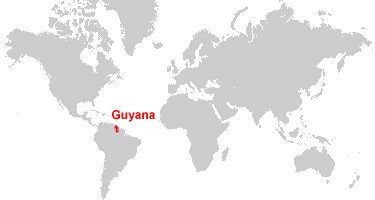
The APNU+AFC Parliamentarian made this assertion as he defended his motion on Monday evening in the National Assembly. The Motion is one that seeks to have the project stalled until the Standing Committee of Natural Resources conducts several comprehensive studies.
Patterson contended that the aim of the opposition is to not have the project terminated but simply, paused until further credible studies can guarantee its economic and environmental feasibility. He noted that it is in the interest of the citizenry to conduct additional studies on the cost, location, environmental challenges as well as alternative energy sources.
The Opposition Parliamentarian was keen to remind that it was under the APNU+AFC that this project was started while noting that various studies were undertaken to ascertain the most appropriate locations for the gas-to-shore project. He noted that assistance was provided by the Inter-American Development Bank (IDB), the Government of Japan, and ExxonMobil, the operator of the Stabroek Block.
Patterson recalled that more than 20 locations along the entire coast of Guyana were examined, ranging from Charity to Crabwood Creek. Patterson disclosed that all the studies recommended landing a pipeline at a location somewhere between the Mahaica and Rosignol corridor. He stressed that there has been no evidence presented to Guyanese of an independent study that recommends the Wales location.
But evidence to support the PPP/C’s selection of Wales is not the only issue that troubles the politician.
Patterson expressed grave reservations with the quantum of power the project would pipe to shore in the absence of end-users to absorb same. Expounding further, Patterson recalled that a Power Generation Expansion Study was conducted in 2016 and updated in 2018, in association with the IDB and it was determined that the country’s energy demand would be 330MW by 2035. “In other words, this study indicates that in the next 13 years, the estimated additional demand on the Demerara – Berbice Interconnected System (DBIS) would be in the range of 200MW over the current demand. To arrive at these estimates, the consultants interviewed all the major sectors to ascertain their projected energy demands…,” expressed Patterson.
Patterson said stakeholders in the bauxite industry were asked if there were any plans to construct a smelter in the country, and they answered in the negative.
He said management at the Guyana Sugar Corporation (GuySuCo) indicated that they will be moving towards co-generation and would be looking to supply the DBIS while the logging industry said it is moving in the direction of solar energy.
The politician said actors in the manufacturing association said that cheaper electricity would make their products more competitive, but any new manufacturing process was a long way off.
He noted for example that private sector companies (both Banks and DDL) indicated that they were already self-generating, and even if power was available cheaper, they had concerns with reliability. DDL he said had indicated that it was moving towards renewable energies to power its operations.
In light of the foregoing, he added, “The PPP has announced that the projected power demand for the DBIS will be 415MW by 2025 – that’s correct, an additional 290MW in the next three years. However, they have failed to inform the country which industries will be requiring this power.”
In essence, Patterson said the PPP/C Government is committing the people of Guyana to build a power plant with no end users. He said, “As a country, we will be paying for electricity which we cannot currently utilize, since this supply is nearly three times the current demand. Once again, the PPP needs to inform the nation who will be using 290MW over the next three years.”
In light of these and other critical factors, he contended that the project be stalled until his questions are answered.
The Government’s side of the House, however, was highly critical of Patterson’s motion, noting that its only aim is to stall economic development.
Minister within the Ministry of Public Works, Deodat Indar stressed that the US$900M gas-to-shore project will deliver an unprecedented level of industrialization for the people in a phased manner. He said therefore that the suggestion to have the project placed on pause until it is considered in a special select committee is “unpatriotic and anti-nationalistic.”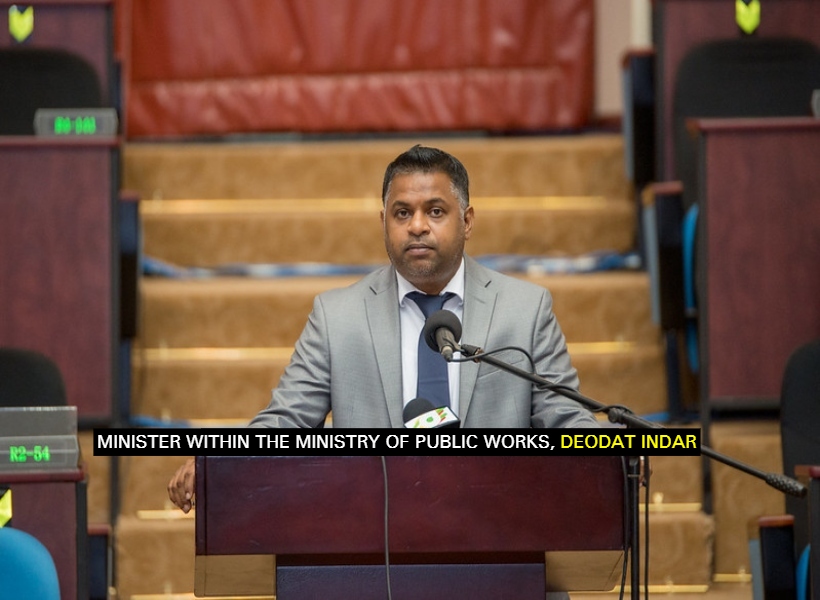
Patterson’s colleague and APNU+AFC parliamentarian, Annette Ferguson objected to the points raised by Indar, as she stated that the project is a complicated one that will no doubt increase Guyana’s carbon footprint. While Vice President, Dr. Bharrat Jagdeo and the PPP/C administration by extension may consider the initiative a “no-brainer”, the politician contended that proper consultation must be done by independent actors. “This is the only way we will know the true impact of this project on our marine resources and the environment,” Ferguson contended.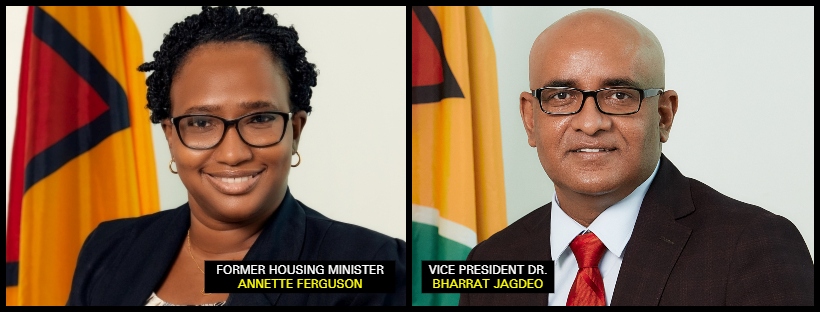
But Public Works Minister, Juan Edghill found her proposition laughable. The Minister said this “new found language of consultation” is only being used to create suspicions about a project that has guaranteed benefits for the citizenry.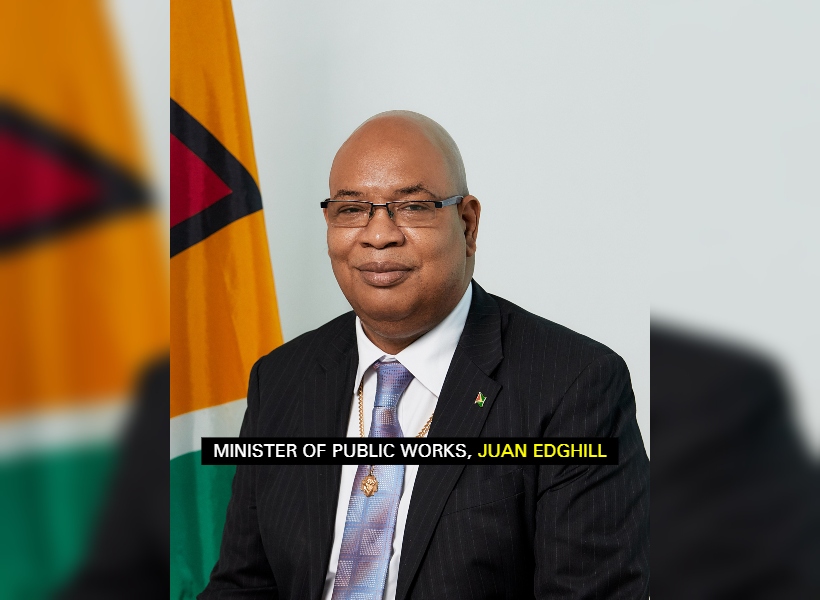
Upon hearing the arguments proffered by the members of the Government’s side of the House, Patterson, in his conclusion of the debate, said he remains convinced that the project needs to be subjected to further scrutiny. He stressed that government parliamentarians failed to provide any shred of evidence to dispel concerns about this project. He said all that was offered to Guyanese onlookers were gross insults, personal comments, and shallow arguments.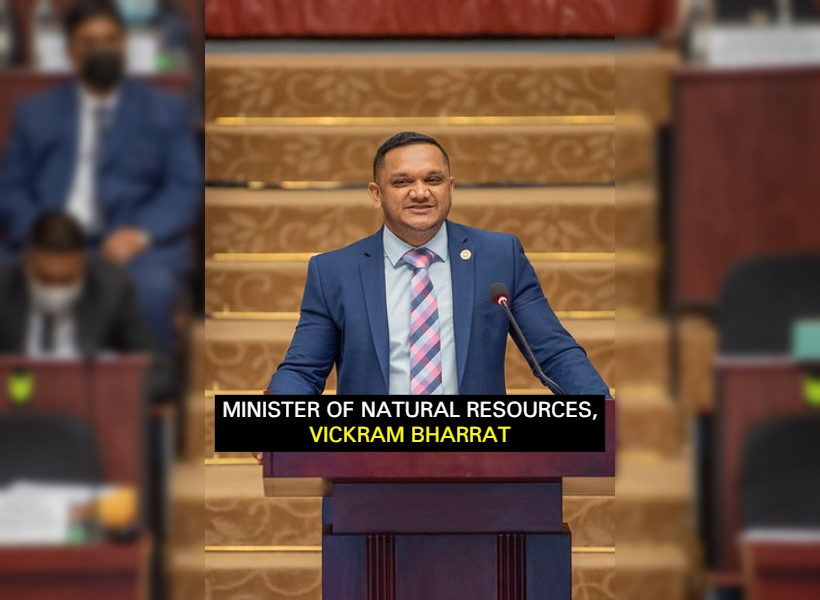
Despite his presentation of these and other points, Patterson’s motion was ultimately defeated.












